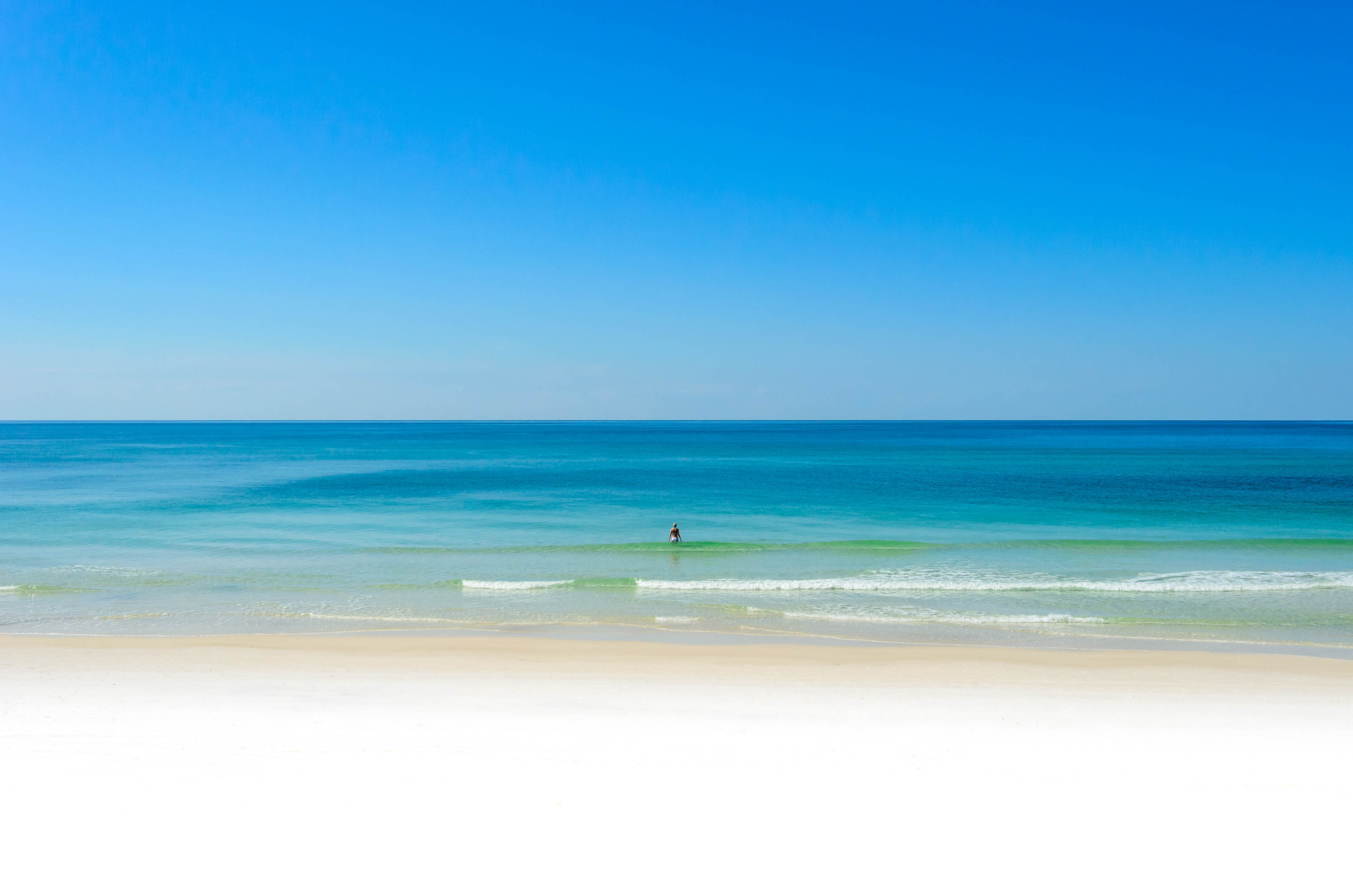I think I need to go shoot video there. ;-)
I think so too.
 That looks like a very cool place. Watch out for the rhinos though. But, I am not sure that St. Lucia is the spot with the same type of dune lakes similar to Sowal. It has rivers that flow into the lakes, so the salinity and ph is probably not the same as Sowal dune lakes. I read that the remote part of Africa where similar dune lakes are is Madagasgar. No one can tell me where specifically though.
That looks like a very cool place. Watch out for the rhinos though. But, I am not sure that St. Lucia is the spot with the same type of dune lakes similar to Sowal. It has rivers that flow into the lakes, so the salinity and ph is probably not the same as Sowal dune lakes. I read that the remote part of Africa where similar dune lakes are is Madagasgar. No one can tell me where specifically though. 
I've been doing some research on them, and I came across this interesting and informative file about coastal dune lakes. It describes some of the different types. It's written by the Queensland Wetland Programme. I believe that Frasier Island may be the other place where similar dune lakes may be present.
Some notable portions which may be applicable to Sowal dune lakes:
"Oligotrophic lakes are unusual both in Australia and the world in general, even though they were naturally quite common in the past."
and if this is true and similar of Sowal dune lakes, this is very interesting, and another good reason to stay off and protect the dunes:
Coastal dunes and sandmasses contain large quantities of water
"Coastal dunes and sand masses are an important source of groundwater and most coastal dune lakes (particularly window lakes) are dependent
on groundwater for their formation. The source of this groundwater is the dunes and sand masses themselves, which hold vast quantities of freshwater (from rain) in groundwater aquifers. For example, Fraser Island which has sand dunes up to 220 metres above sea level contains a massive groundwater aquifer that stores an estimated 10 to 20 million megalitres (ML) of water, of which almost six million ML is above sea level. Water can remain in a sand mass for many years, sometimes as long as 70 to 100 years. Where the ground surface dips below the watertable, the exposed groundwater forms a
window lake. Aquifers play an important role in preventing saltwater from the ocean seeping into groundwater and the land itself. It does this because gravity from the groundwater mound exerts an outward pressure on seawater and freshwater naturally floats on top of saltwater."
"Coastal dunes and sand masses are an important source of groundwater and most coastal dune lakes (particularly window lakes) are dependent
on groundwater for their formation. The source of this groundwater is the dunes and sand masses themselves, which hold vast quantities of freshwater (from rain) in groundwater aquifers. For example, Fraser Island which has sand dunes up to 220 metres above sea level contains a massive groundwater aquifer that stores an estimated 10 to 20 million megalitres (ML) of water, of which almost six million ML is above sea level. Water can remain in a sand mass for many years, sometimes as long as 70 to 100 years. Where the ground surface dips below the watertable, the exposed groundwater forms a
window lake. Aquifers play an important role in preventing saltwater from the ocean seeping into groundwater and the land itself. It does this because gravity from the groundwater mound exerts an outward pressure on seawater and freshwater naturally floats on top of saltwater."












